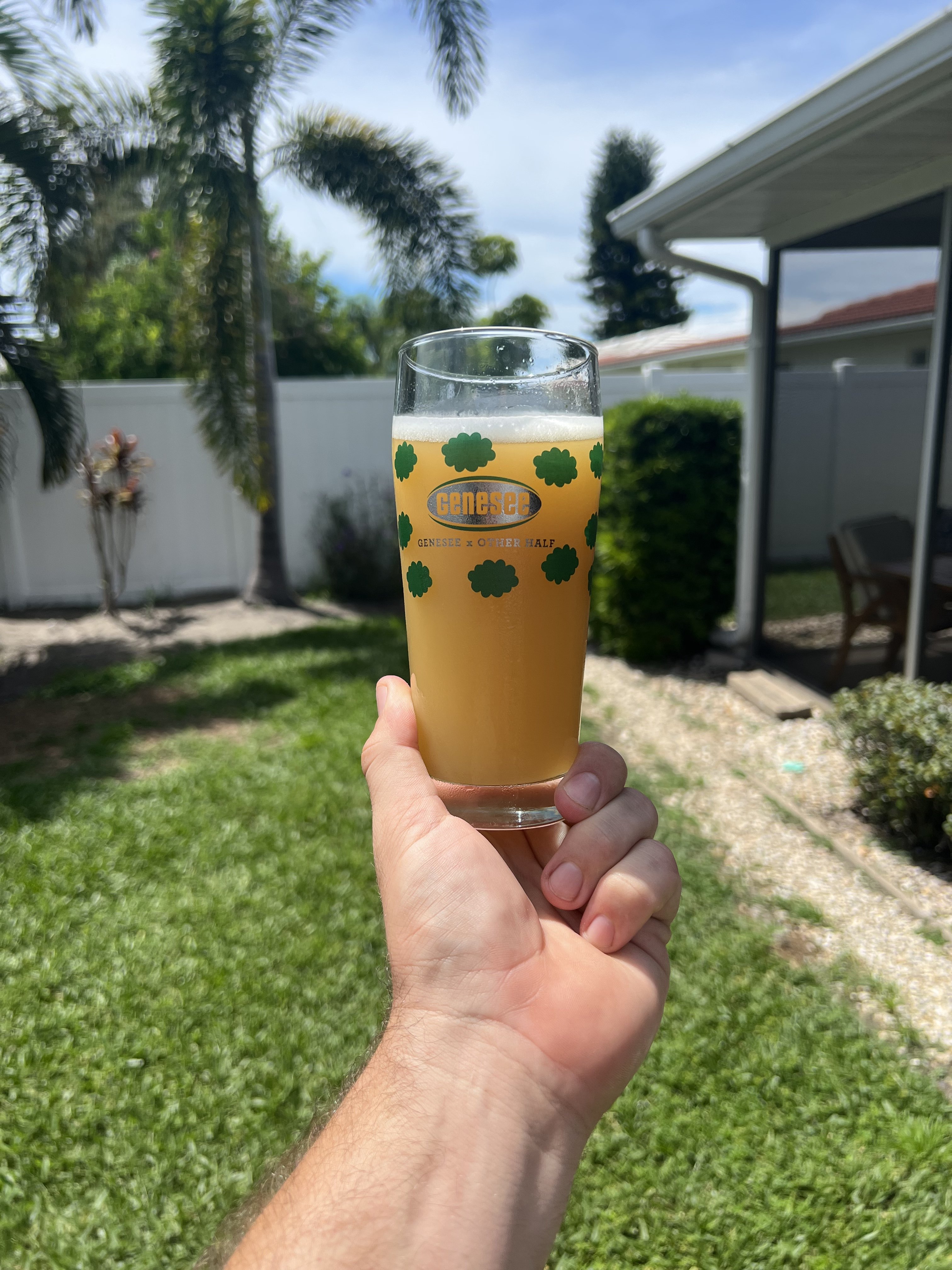I feel like I'm targeting a mash pH higher than everyone that has posted here. I've always been looking for a mash pH range between 5.4 - 5.6 measured at "room temp". Thoughts?
My source is from the theelectricbrewery.com:
For optimal starch to sugar conversion we want the pH to be around 5.2 to 5.4, but only when measured in the mash temperature range of somewhere around 145-165F. pH changes with temperature, so if the sample has been cooled to room temperature, a pH of 5.4 to 5.6 is the target range instead of 5.2 to 5.4. Don't confuse the inclusion of automatic temperature compensation (ATC) in the pH meter to mean that the target range will always be 5.2 to 5.4 regardless of temperature, as that would be incorrect. ATC only compensates for the change in the electrical response of the pH meter probe with temperature. It does not compensate for the chemical / energy change in the water that naturally makes a hotter mash more acidic (lower pH). The pH target range will therefore always depend on the temperature of the sample: 5.2 to 5.4 when measured at mash temperature, or 5.4 to 5.6 when measured at room temperature. For more information see our Measuring pH guide.


































![Craft A Brew - Safale BE-256 Yeast - Fermentis - Belgian Ale Dry Yeast - For Belgian & Strong Ales - Ingredients for Home Brewing - Beer Making Supplies - [3 Pack]](https://m.media-amazon.com/images/I/51bcKEwQmWL._SL500_.jpg)























